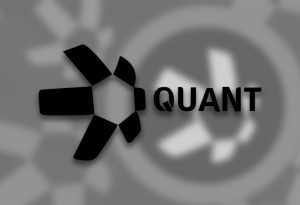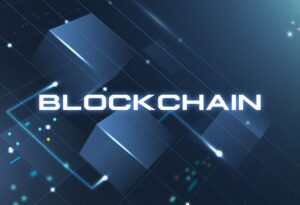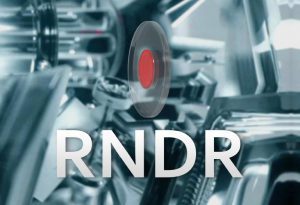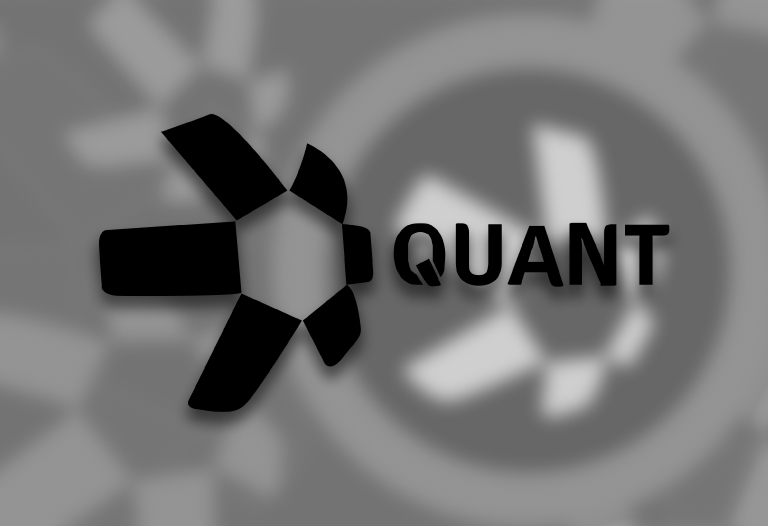
Table of Contents
ToggleQuant is one of the best projects launched in 2018. Its main goal is to connect blockchains to other networks around the world. The project has its own token called Quant (QNT) from Quant Network. In this post we will tell you all about what it is used for and how it works.
As we already know, in the blockchain world there are numerous projects and each of them solutions to certain problems. These blockchains have their own ecosystems, each one different and unique. The differences between all these ecosystems make it very difficult to achieve a connection between them. Therefore, Quant seeks to combat this problem by achieving interoperability between blockchains. Below we will see how it works.
How does Quant Network work?
The first thing to know is that the Quant network uses distributed ledger technology or DLT. This technology is used in most industries today for a variety of reasons. It is worth noting that it is a rather complex technology, so it does not integrate with different generations of systems and this means that it cannot reach its full potential.
Quant’s platform, unlike its technology, is a simple platform. This platform has a high level of security that makes interoperability convenient when connecting any DLT network in the world. However, we must keep in mind that this is a closed source project and therefore requires a license to be used.
In Quant’s platform we can use certain currencies such as Bitcoin, Ethereum, Ripple, Stellar, among others.
Thanks to the Overledger OS system we can connect not only blockchains, but numerous types of DLTs, databases, CRM systems and much more. No additional blockchain is required for this, and thanks to this we can say that it is a smooth and hassle-free process.
The networks that Quant connects are linked by what we know as a single API. This feature allows developers to access these DLTs in a short period of time. This is because the infrastructure needed to run them is implemented.
In terms of what this technology allows us as users, the Quant Network cryptocurrency allows its users to develop smart contracts in blockchains that do not support this type of technology. An example would be the Bitcoin network. In addition, users can also employ Quant to develop their multi-blockchain applications. These applications are referred to as mApps. The mApps can run on multiple blockchains at the same time, as they require different resources from various networks for their operation. In addition, this network also has the ability to encrypt and sign transactions as well as transfer digital assets between different blockchains.
If a user wants to access the Quant network it is important to note that they must acquire the native QTN token to access the Overledger operating system.
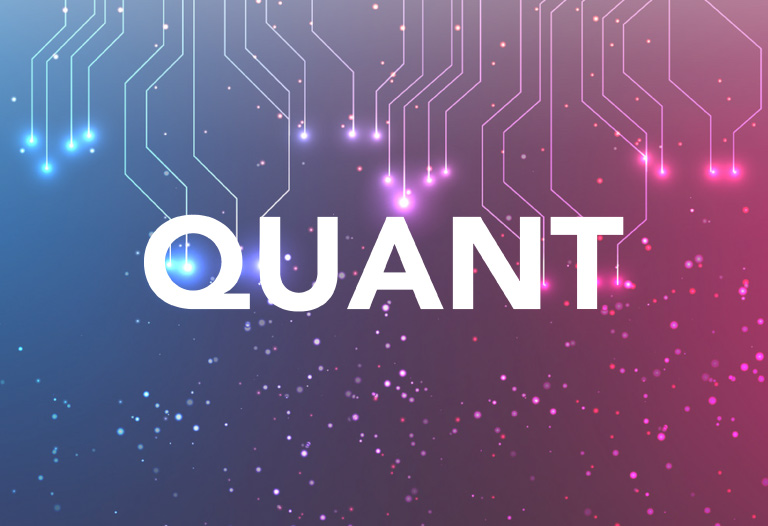
The Quant network
As it is a closed source network, the details of its operation are not available to the public. However, there is information that we can know, such as the fact that Quant is not a blockchain per se.
To achieve a correct operation, this ecosystem has the following elements: Overledger OS, Multiprocess applications (mApps), The Overledger network, The Overledger network marketplace, The treasure and finally the QNT token. Below we will detail its main functions.
The Overledger OS functions as the heart of the ecosystem. Simply put, it is an interoperable blockchain operating system. This system allows users to access multiple blockchains simultaneously. Overledger OS is mainly characterized by being hyper-decentralized. This means that it executes and stores data in sets of blocks and not in a single one.
As mentioned above, we cannot know exactly how this system works, but we know that it is mainly based on Google’s open source Kubernetes technology. The Kubernetes technology allows an application to support a large number of users without crashing due to network overload and automatically corrects any errors encountered.
To make use of this technology, users must pay an annual license fee. By purchasing this license users can develop mobile applications on the operating system. These applications are very different from what we know as dApps (Decentralized Applications) that are built on a single blockchain as for example in the Ethereum network.
How do mApps work?
The mApps are composed of treaty contracts. These are programs capable of executing multiple smart contracts on different blockchains. Depending on which blockchain these applications are developed on, their speed of execution will vary. To understand this better let’s take an example. If we develop a mobile application based on the Ethereum network it will execute at most approximately 15 transactions per second, while if we develop a mobile application based on the Solana network, it would be capable of executing about 65,000 transactions per second.
Numerous resources from different blockchains can be used to run these mApps. We could use the features of the Solana network for its speed and couple them with the features of the Bitcoin network to take advantage of its privacy.
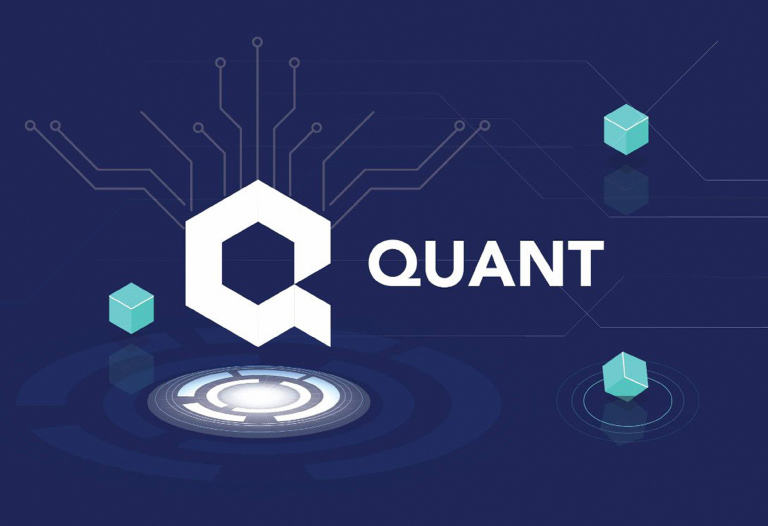
Overledger and QNT network marketplace
An important part of this project is the Overledger Network Marketplace. This marketplace allows users to trade with mApps by selling or buying their data. The transactions executed in this marketplace are executed through the system’s Treasury and smart contracts developed in Ethereum.
It should be noted that the network treasury charges a small fee that goes towards the development and operation of the Quant network. Through the Treasury, companies can pay for the necessary licenses at FIAT to subsequently acquire QNT tokens.
QNT is Quant’s native network token. These tokens are locked in the Treasury during the license. QNT is an ERC-20 token and through it we can access the platform and the ecosystem.





